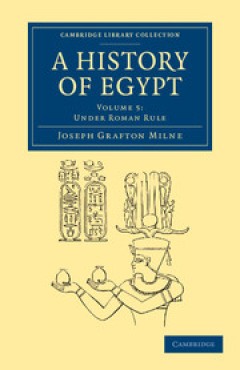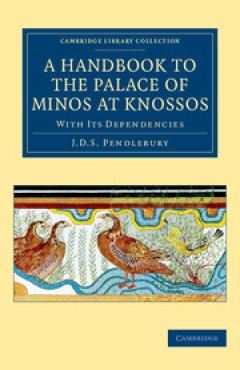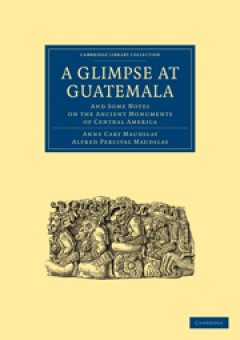Filter by

A History of Egypt
Published in six volumes between 1894 and 1905, this collection served as a valuable reference work for students and scholars of Egyptology at a time when ongoing archaeological excavations were adding significantly to the understanding of one of the world's oldest civilisations. At the forefront of this research was Sir William Matthew Flinders Petrie (1853–1942), whose pioneering methods ma…
- Edition
- -
- ISBN/ISSN
- 9781107325180
- Collation
- -
- Series Title
- Cambridge Library Collection - Archaeology
- Call Number
- -

A History of Discoveries at Halicarnassus, Cnidus and Branchidae
Charles Thomas Newton (1816–1894) was a British archaeologist specialising in Greek and Roman artefacts. He studied at Christ Church, Oxford before joining the British Museum. Newton left the Museum in 1852 to explore the coast of Asia Minor, and in 1856 he discovered the remains of the Mausoleum of Halicarnassus, one of the seven ancient wonders of the world. This study, first published in 1…
- Edition
- -
- ISBN/ISSN
- 9780511910302
- Collation
- -
- Series Title
- Cambridge Library Collection - Archaeology
- Call Number
- -

A History of Discoveries at Halicarnassus, Cnidus and Branchidae
Charles Thomas Newton (1816–1894) was a British archaeologist specialising in Greek and Roman artefacts. He studied at Christ Church, Oxford before joining the British Museum. Newton left the Museum in 1852 to explore the coast of Asia Minor, and in 1856 he discovered the remains of the Mausoleum of Halicarnassus, one of the seven ancient wonders of the world. This study, first published in 1…
- Edition
- -
- ISBN/ISSN
- 9780511910296
- Collation
- -
- Series Title
- Cambridge Library Collection - Archaeology
- Call Number
- -

A Handbook to the Palace of Minos at Knossos With its Dependencies
Sir Arthur Evans's excavation at the Cretan site of Knossos from 1900 onwards uncovered a previously unknown civilization. His enthusiastic (though controversial) reconstructions of the site and its fresco decorations made it an attractive destination for travellers and tourists, and Evans thought a simple guidebook for visitors would be desirable alongside his own multi-volume work, The Palace…
- Edition
- -
- ISBN/ISSN
- 9781107448940
- Collation
- -
- Series Title
- Cambridge Library Collection - Archaeology
- Call Number
- -

A Glimpse at Guatemala, and Some Notes on the Ancient Monuments of Central Am…
Alfred Percival Maudslay (1850–1931) was a British colonial administrator and archaeologist who is widely considered the founder of modern Mesoamerican archaeology. After graduating from Trinity Hall, Cambridge, in 1872 Maudslay made his first visit to Guatemala before becoming a colonial administrator working in Trinidad and Fiji. After retiring from colonial service in 1880 he returned to G…
- Edition
- -
- ISBN/ISSN
- 9780511686962
- Collation
- -
- Series Title
- Cambridge Library Collection - Archaeology
- Call Number
- -
 Computer Science, Information & General Works
Computer Science, Information & General Works  Philosophy & Psychology
Philosophy & Psychology  Religion
Religion  Social Sciences
Social Sciences  Language
Language  Pure Science
Pure Science  Applied Sciences
Applied Sciences  Art & Recreation
Art & Recreation  Literature
Literature  History & Geography
History & Geography